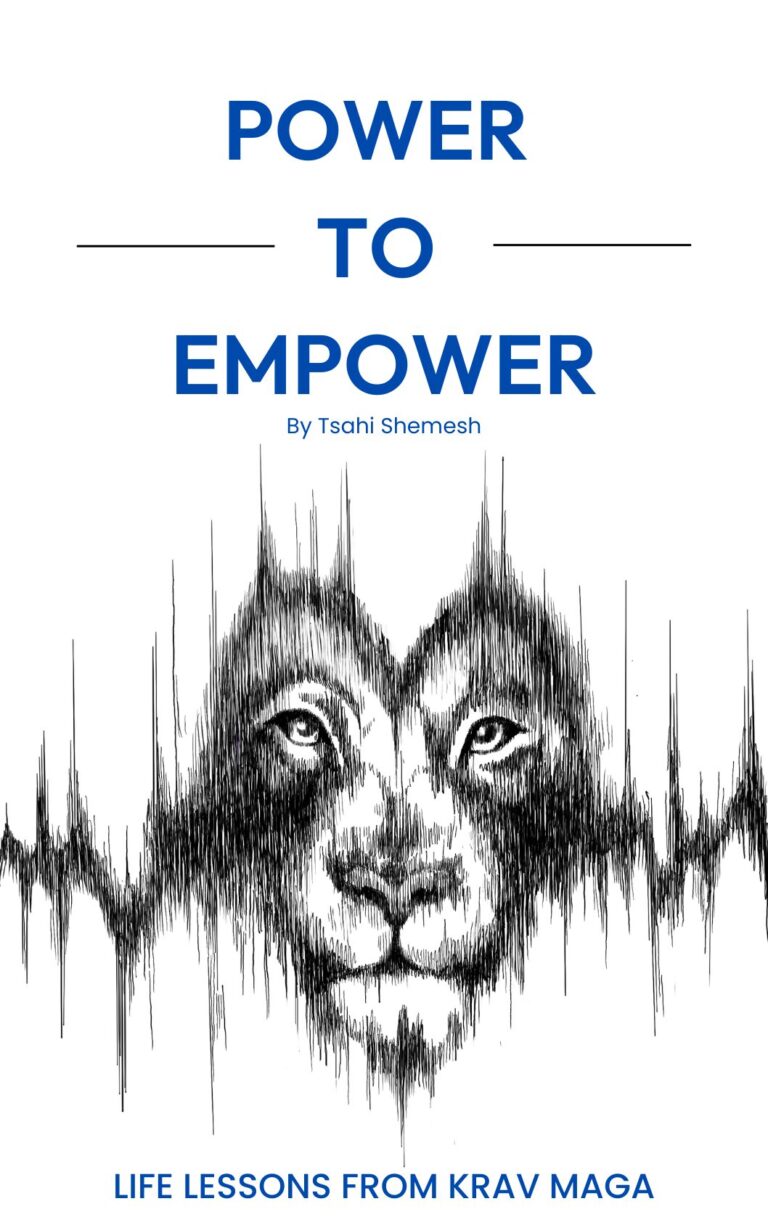You Don’t Train Because You’re Afraid of Getting Hurt?
If you are hesitating, that hesitation is honest. You might have a list of reasons not to start. You might say you are too old, too tired, too busy, too out of shape, or simply afraid of getting hurt. All of those reasons sound reasonable until you remember that the body you live in is not replaceable. You only get one, and it carries you through every single moment of your life. It protects you every day, often without thanks. The question is whether you are doing your part in protecting it back.
Learning how to fight is not about becoming violent. It is about reclaiming your right to feel safe in your own body. It is about knowing that if someone ever threatens you, you will not freeze. You will not beg. You will not hope that someone else will come to your rescue. You will act. You will protect your space, your dignity, and your life.
People often think of self-defense as something extreme, reserved for the rare day when violence appears. But in truth, it is a daily practice in awareness and strength. You walk differently when you train. You see differently. You breathe differently. The confidence that comes from knowing you can protect yourself does not make you dangerous. It makes you calm. It gives you freedom.
Still, many people say the same thing: “Fighting is dangerous.” They imagine broken noses and twisted joints. They imagine pain. What they rarely consider is the much larger danger of not training at all. Inactivity breaks people far more often than movement ever will. It leads to stiffness, weakness, anxiety, and dependence. The World Health Organization warns that more than a billion adults do not move enough, and that inactivity is responsible for millions of deaths every year. Your muscles begin to weaken within days of not being used. Your balance fades. Your confidence erodes quietly, one small choice at a time.
When people avoid training because they fear getting hurt, they are often trading a small, manageable risk for a much larger one that hides in plain sight. A sore muscle heals in a week. A weak, fearful body can take years to rebuild. Which cost is greater?
Think of self-defense training like learning CPR. You hope you will never need to use it, but if that moment ever comes, you want to be the one who knows what to do. The cost of not knowing how to fight can be just as high as not knowing how to save a life when it matters most. You are the last line of defense when it comes to your personal safety. You live in the body that will have to act. That body serves you every day. You must serve it back. Pay its rent.
Training will hurt sometimes. It should. Progress always does. You might leave with a bruise, but you will also leave with proof that your body is capable of more than you thought. Every time you show up, you invest in your ability to stand tall when life pushes you down. Every class is a small rebellion against helplessness.
Many people never get past the first step because they mistake safety for comfort. They build soft routines and call them peace. But peace that depends on everything going right is fragile. Real peace is the kind that holds even when life goes wrong. That is what Krav Maga training builds. Not aggression, but readiness. Not paranoia, but confidence.
You learn to move with intention. You learn to fall and rise. You learn that fear is not your enemy. It is information. When your heart races and your mind sharpens, that is your body preparing to keep you alive. Training teaches you to channel that energy into focus, not panic. The better you know yourself under stress, the less likely you are to break when stress finds you.
And this matters not only when someone else tries to hurt you. It matters in daily life. In arguments, in disappointments, in fear of failure. When you train your body to stay composed under pressure, you also train your mind to do the same. The lessons transfer. Physical strength becomes emotional strength. Awareness on the street becomes awareness in your decisions. A healthy body becomes a stable mind.
The choice is not between danger and safety. The choice is between being unprepared and being capable. Between watching yourself shrink to fit your fears and expanding beyond them. Between living in a body you distrust and living in one you respect.
Self-protection is not selfish. It is self-respect. You cannot protect others if you have not learned to protect yourself first. A capable person is a calmer parent, a steadier friend, a stronger partner. When you know how to move, how to breathe, and how to stay composed, you bring peace to every environment you enter.
So if you are hesitating, think about what it truly costs to stay the same. The body you live in is your lifelong home. Strength is not just about muscles. It is about responsibility. It is about refusing to be the victim of your own neglect.
Learn to fight not because you expect violence, but because you expect life. Because you want to move freely, without fear, in a world that does not guarantee safety. Because the rent your body asks for is not much—only effort, consistency, and courage.
“Ships are safe in harbor, but that’s not what ships are built for.”
Show up. Train. Learn to fall, to stand, to move, to defend. Every bruise fades, but the confidence remains. You will know that you are strong enough to protect yourself, and ready to protect what you love. That knowledge is worth everything.
Do something amazing,
Tsahi Shemesh Founder & CEO Krav Maga Experts
Relevant articles:
The Weight of Neglect — The heaviest burden isn’t failure. It’s the quiet decay that comes from doing nothing when you know you should.
The Depth You Miss: Why You Misread People — Most people don’t lack empathy. They lack awareness. Learning to see clearly is its own kind of self-defense.
What Dreams Can Teach Us About Self-Defense — Your subconscious trains, too. Sometimes it reveals the fears your body hasn’t yet faced on the mat.

